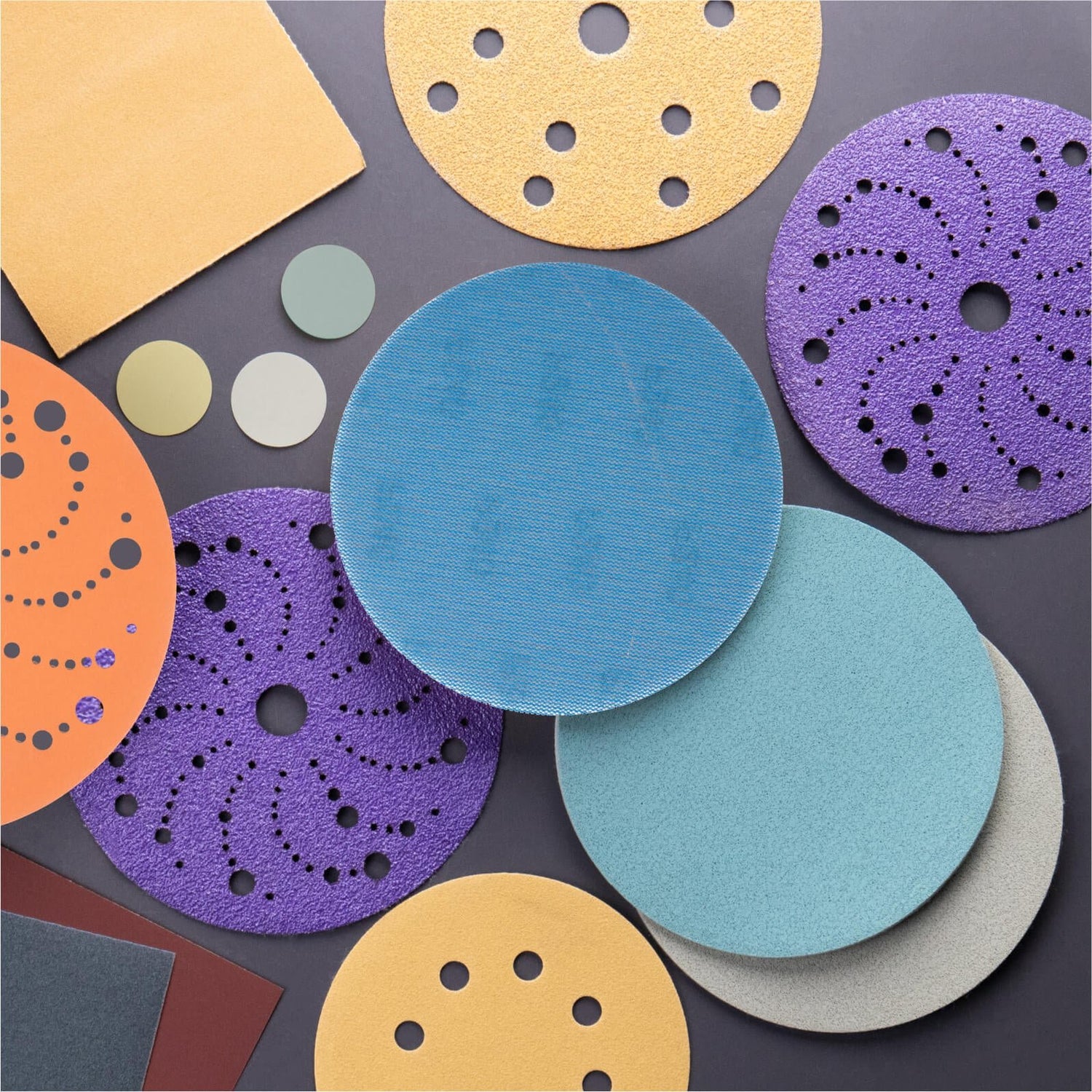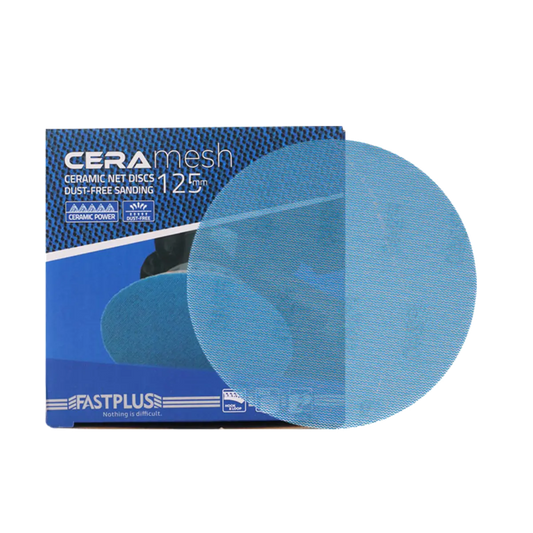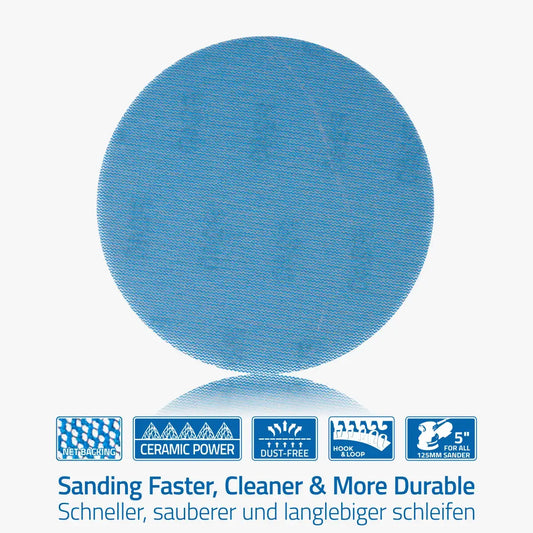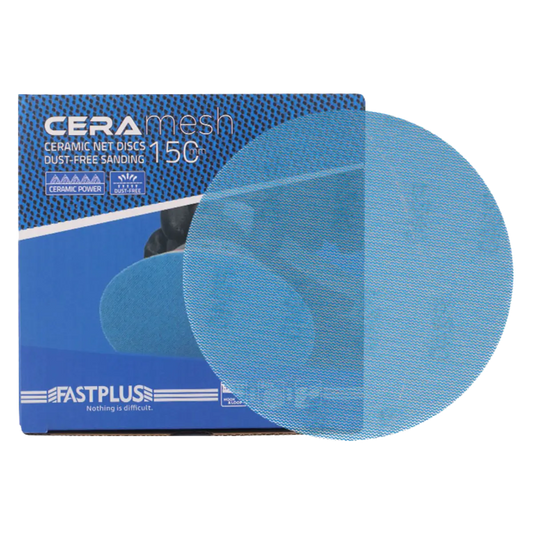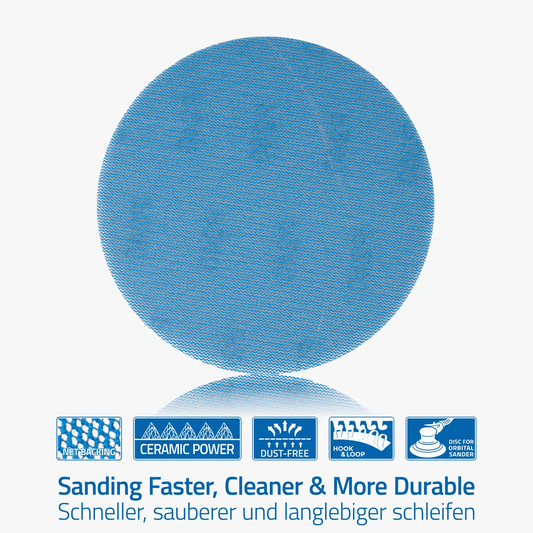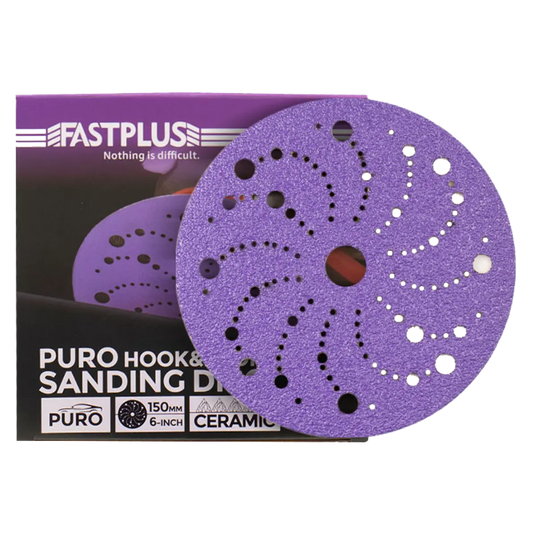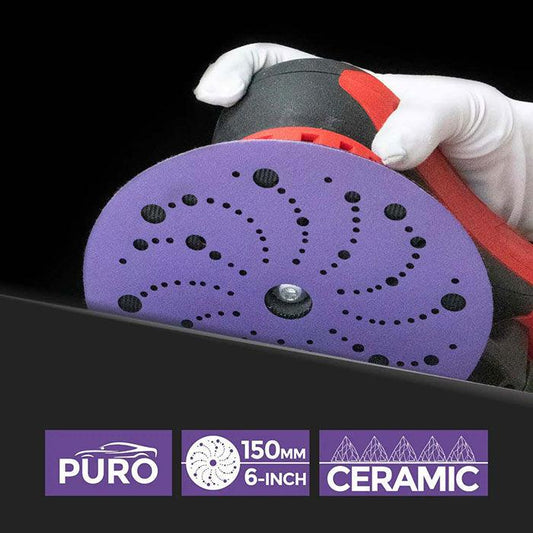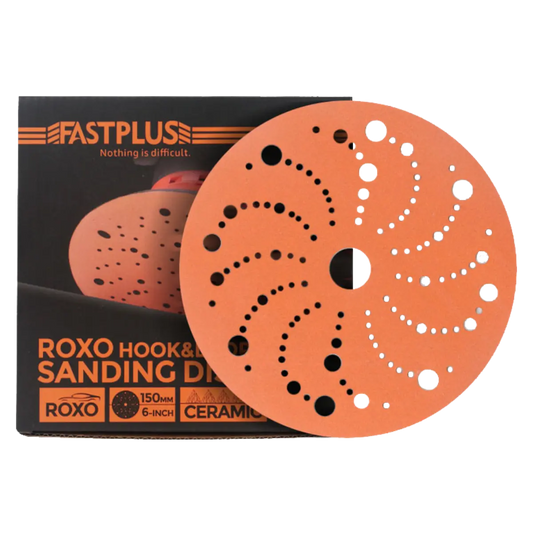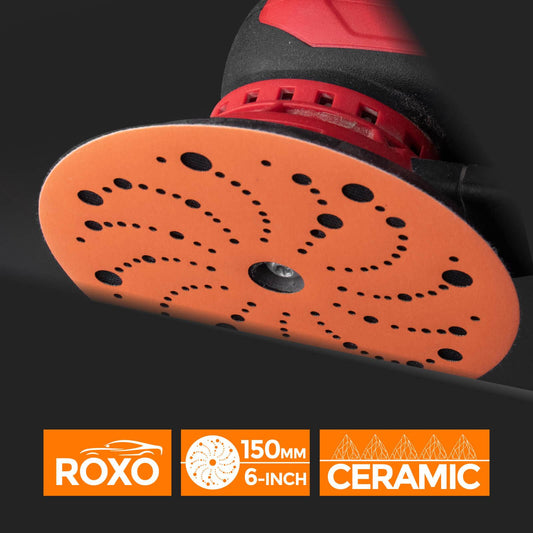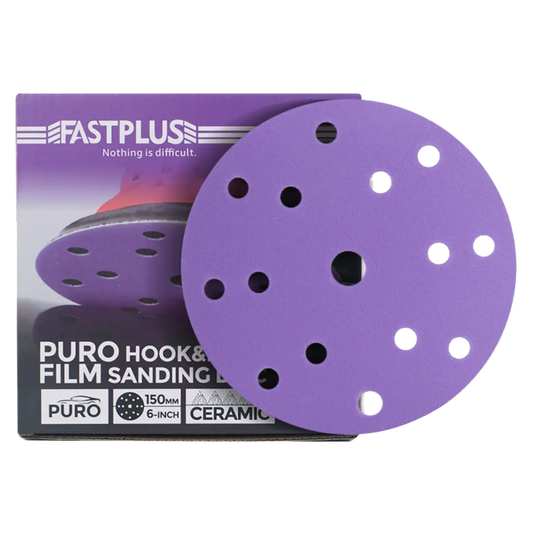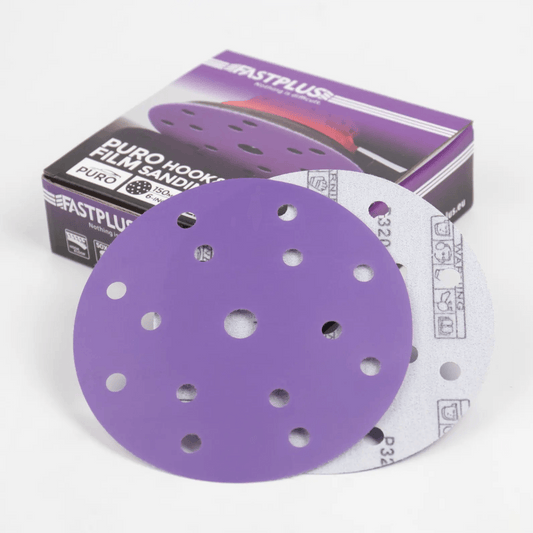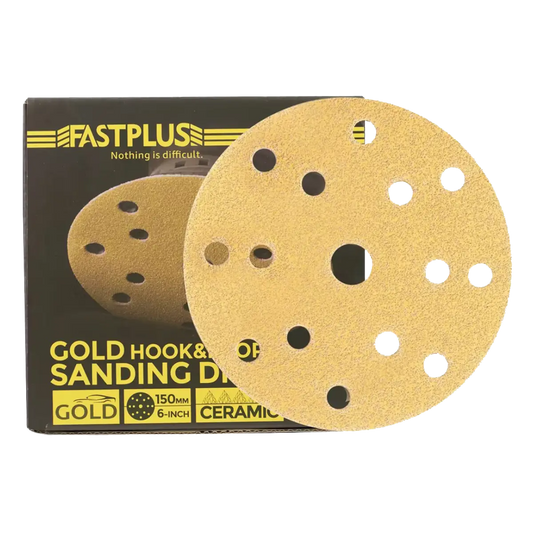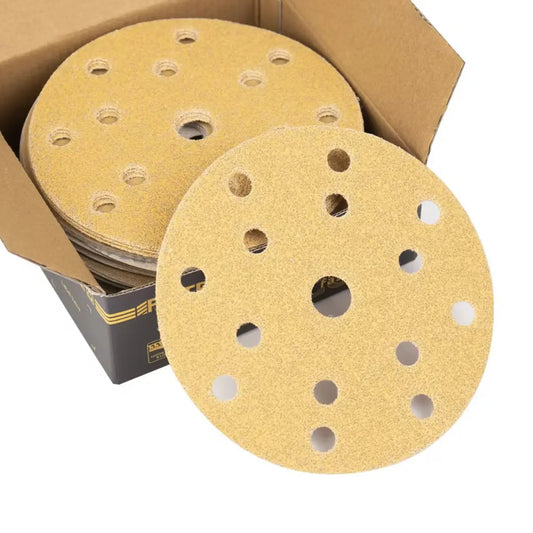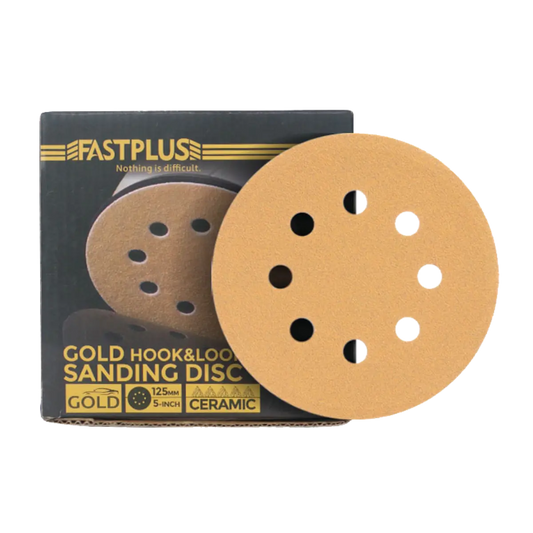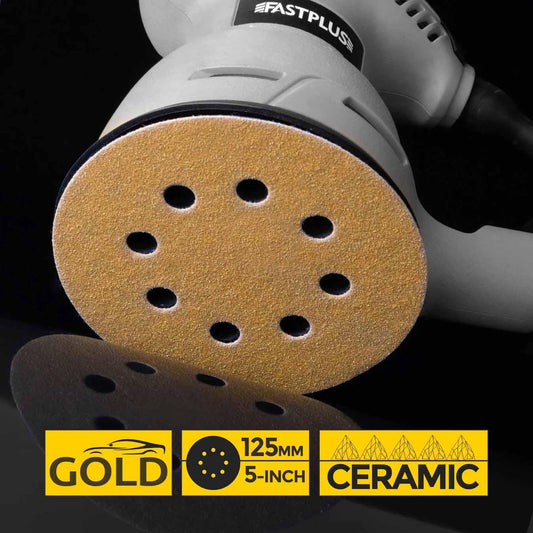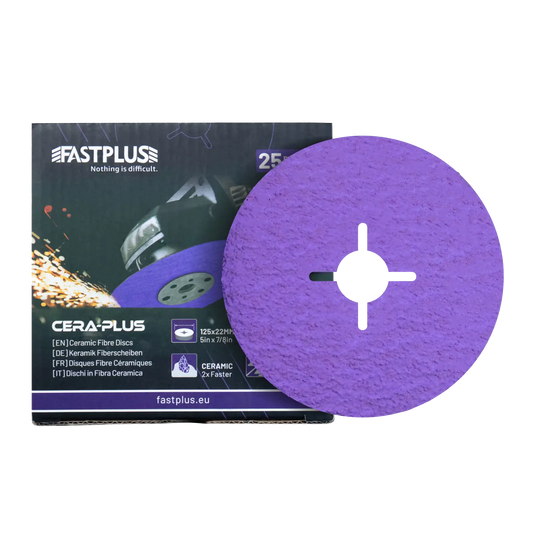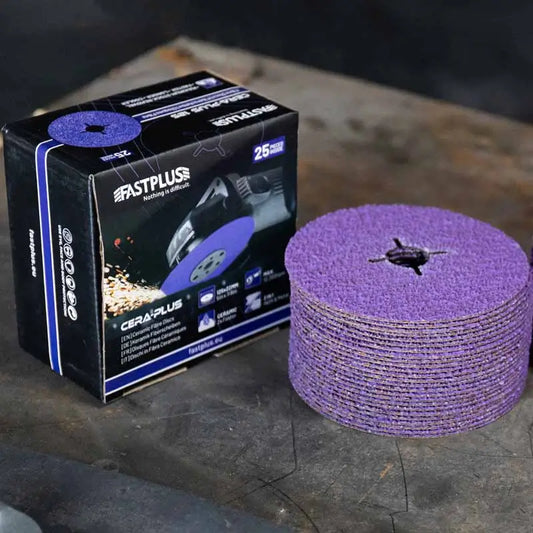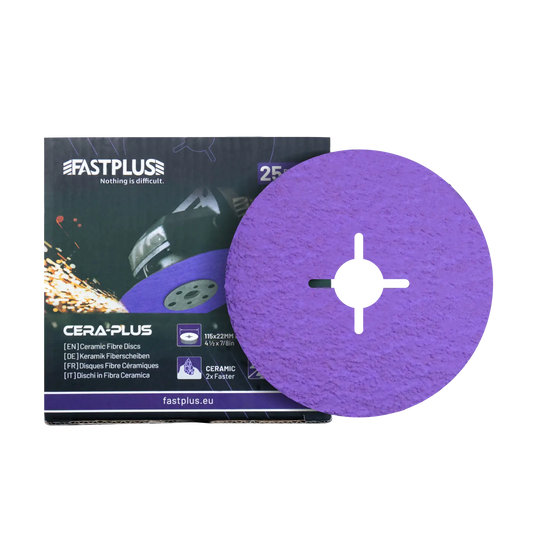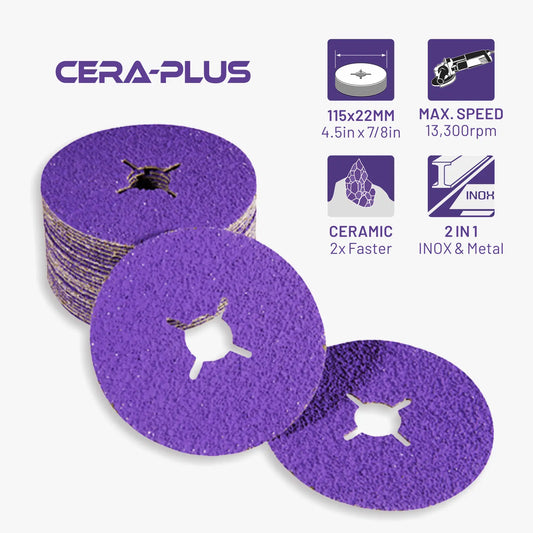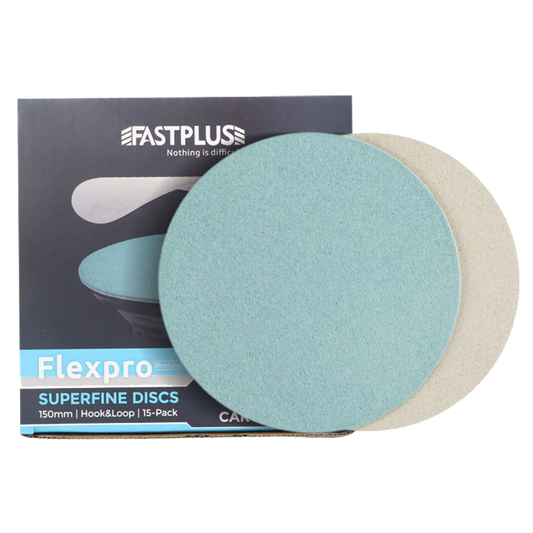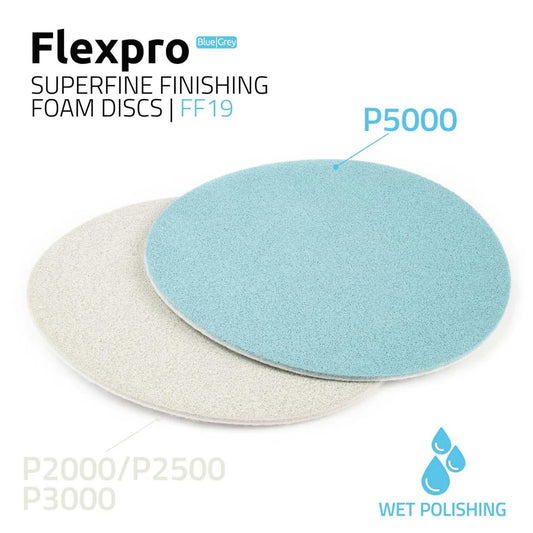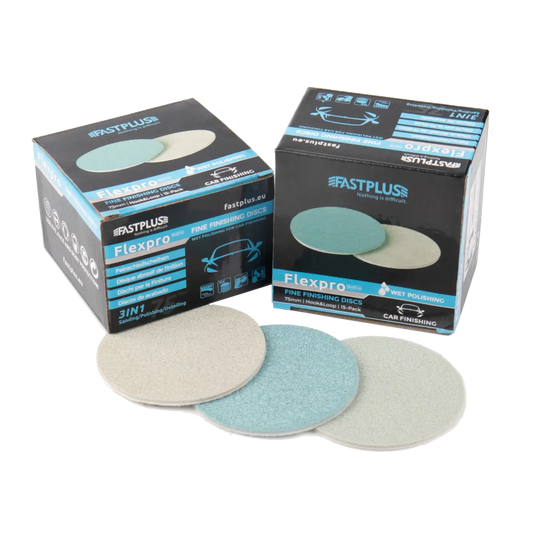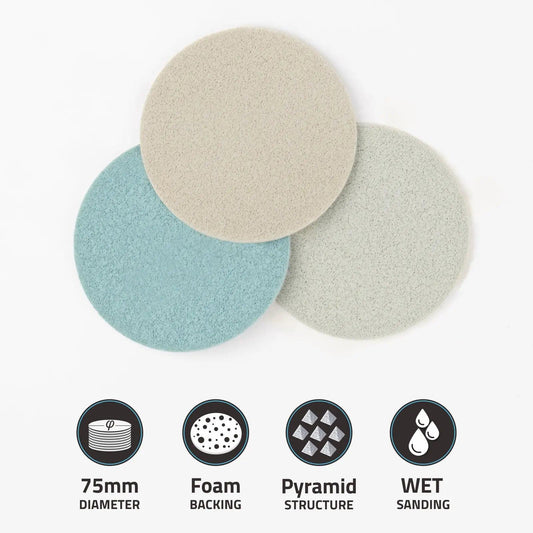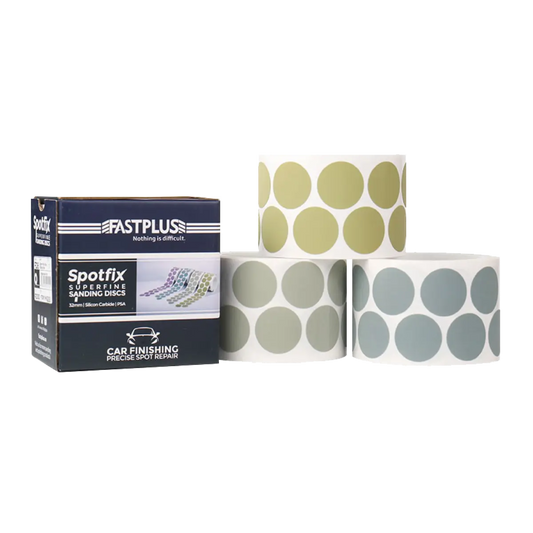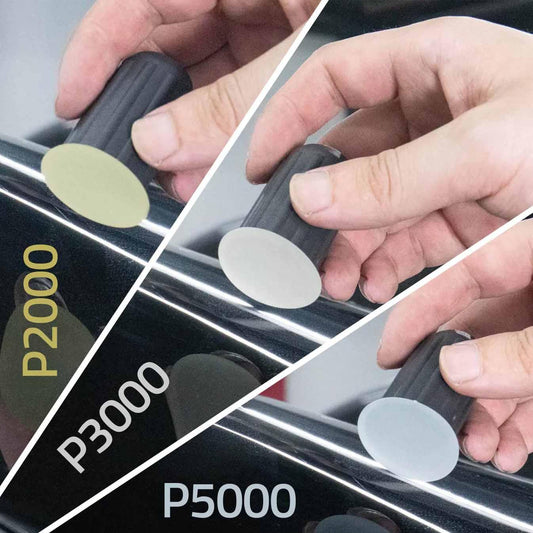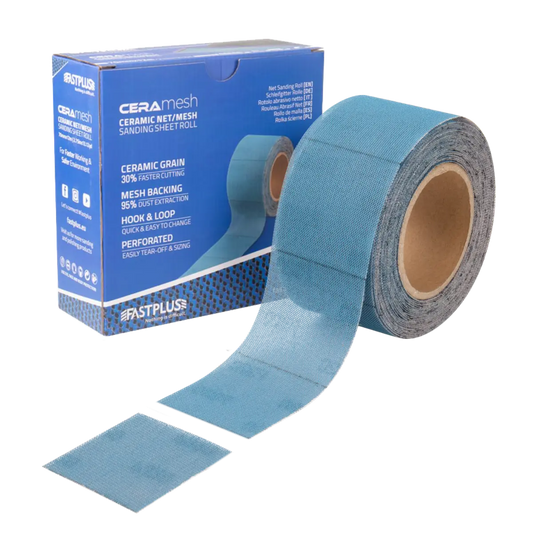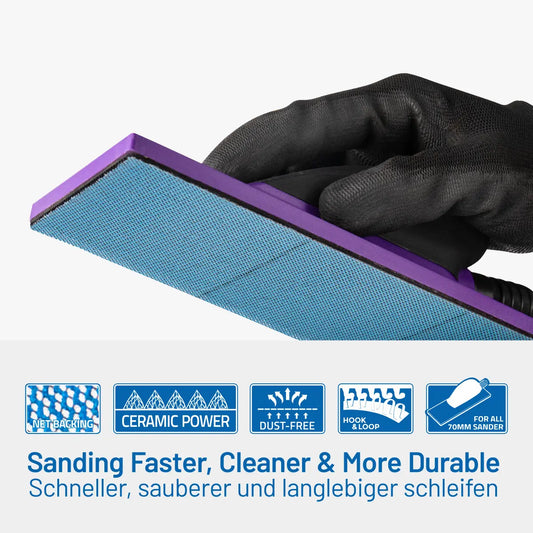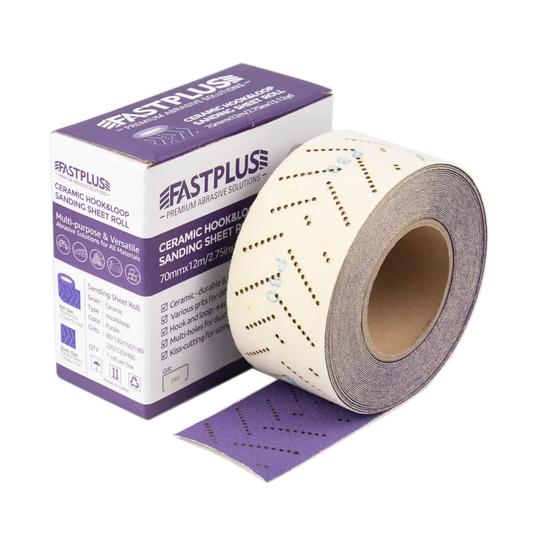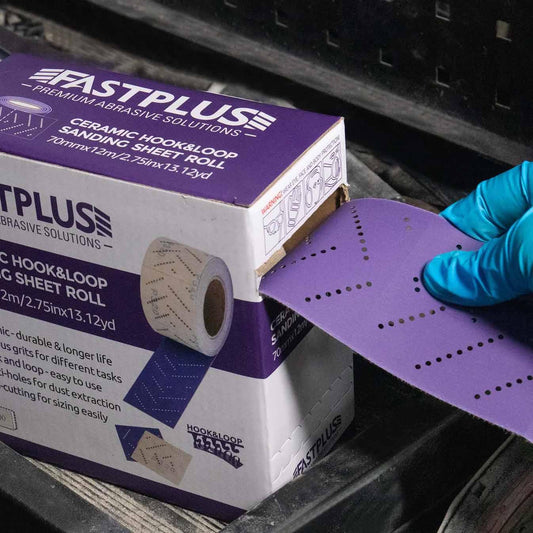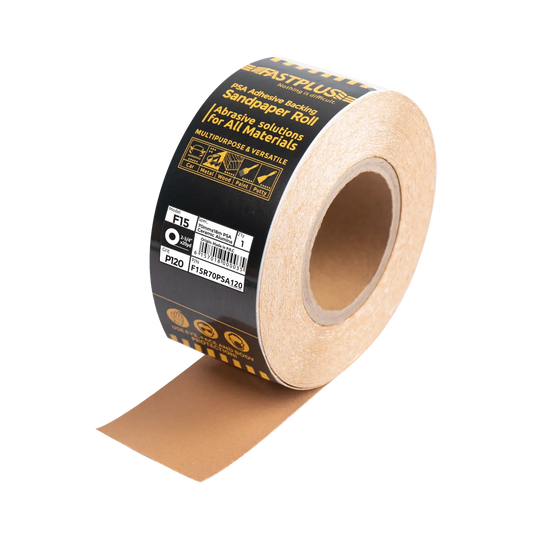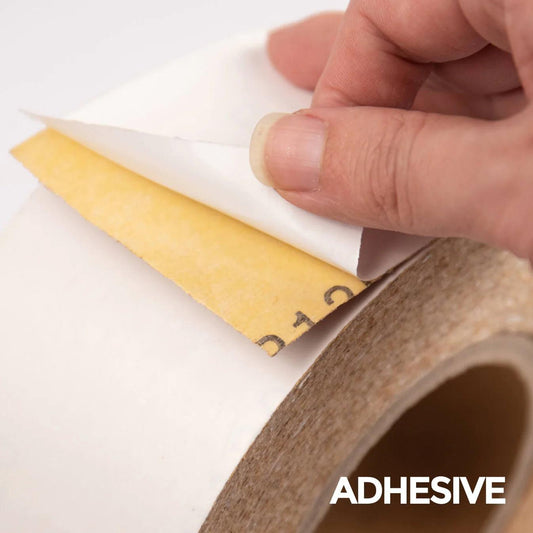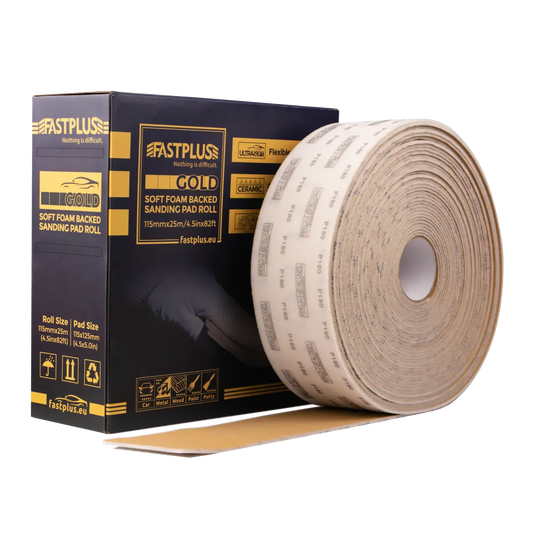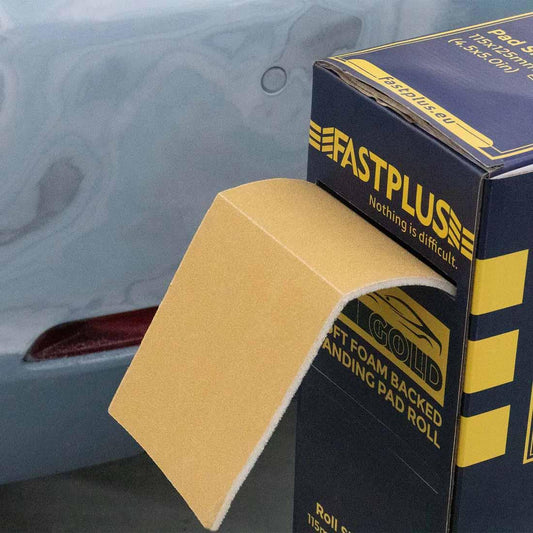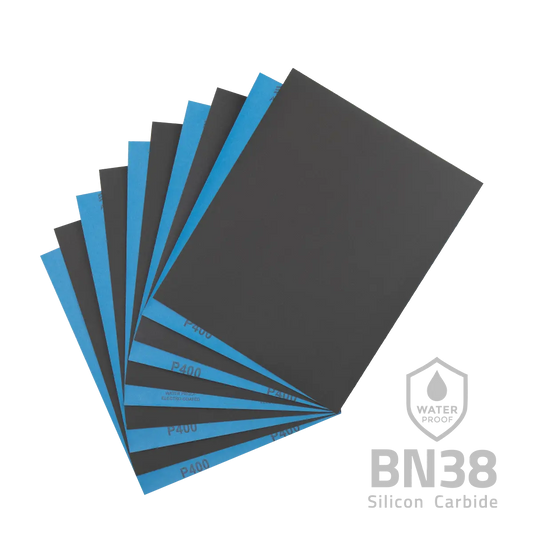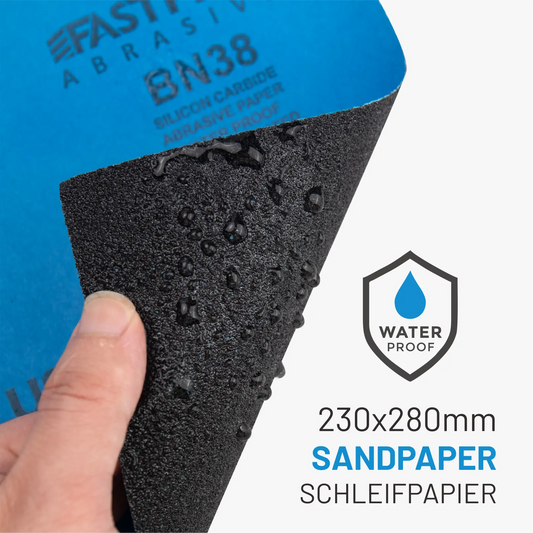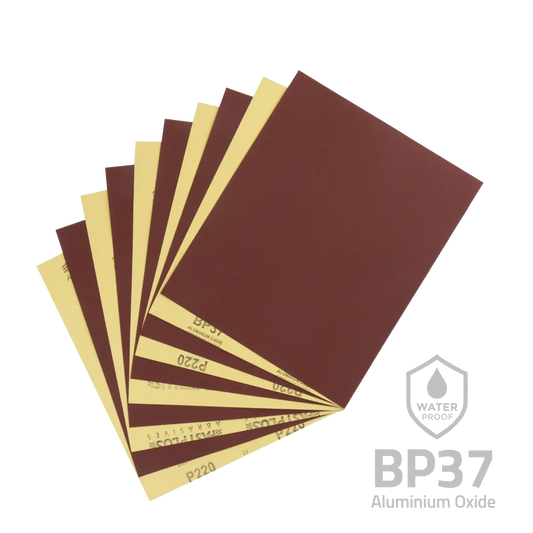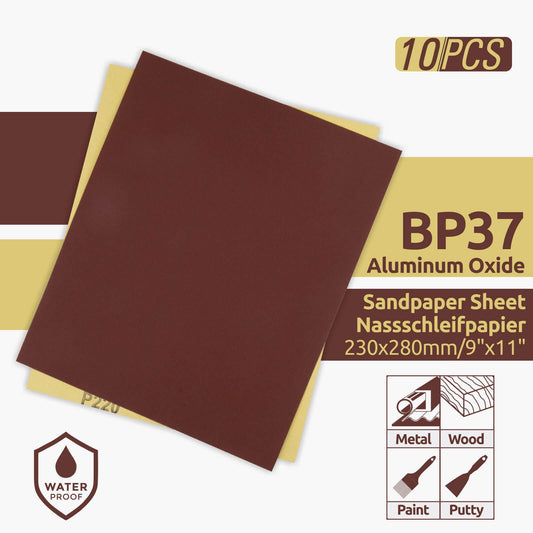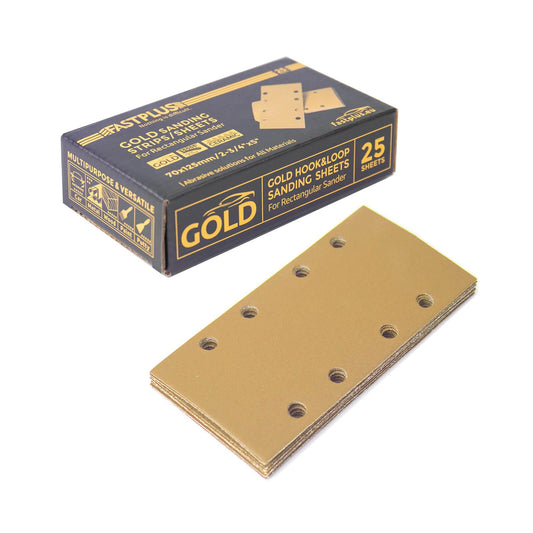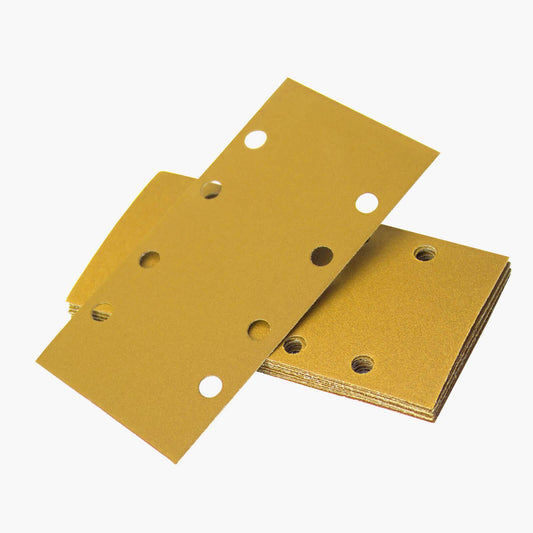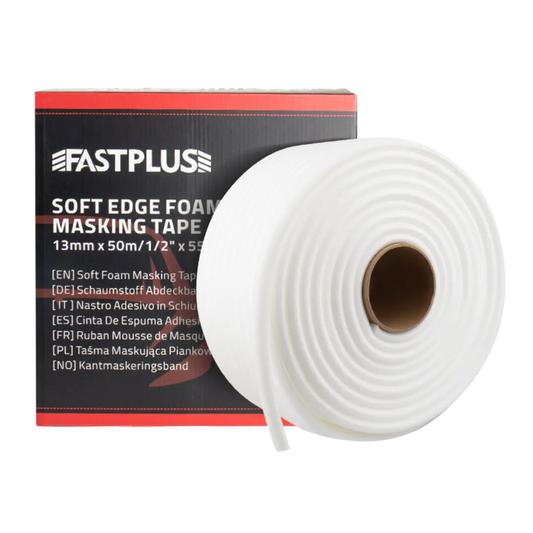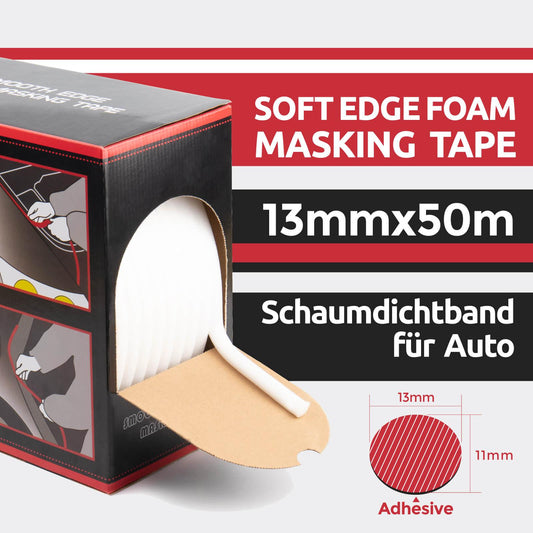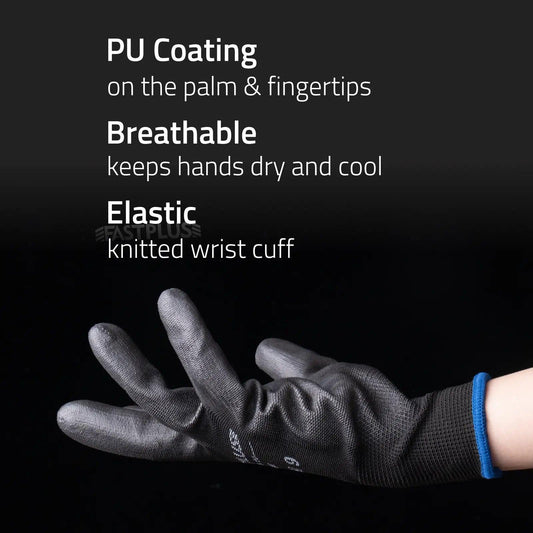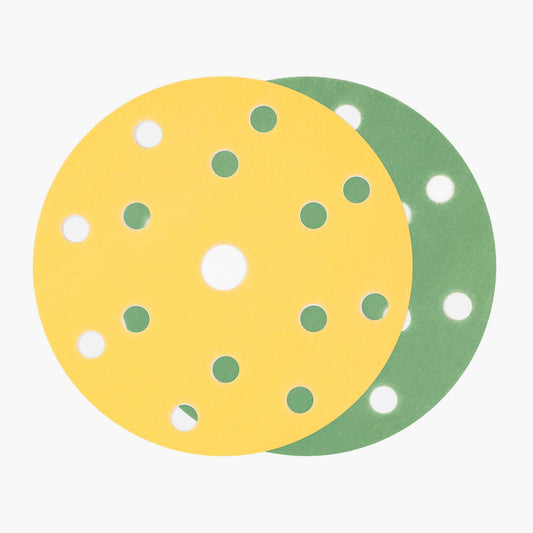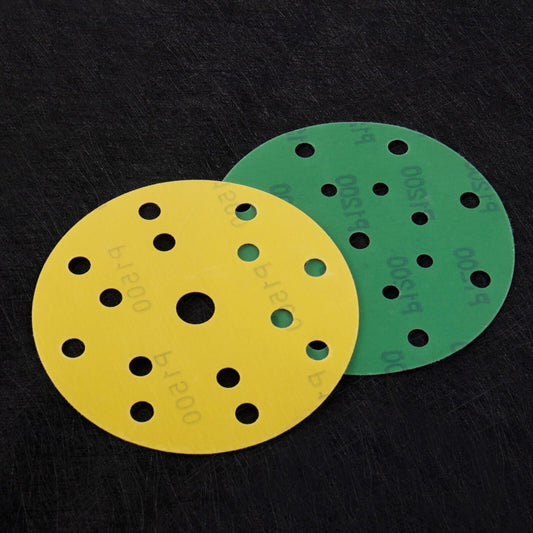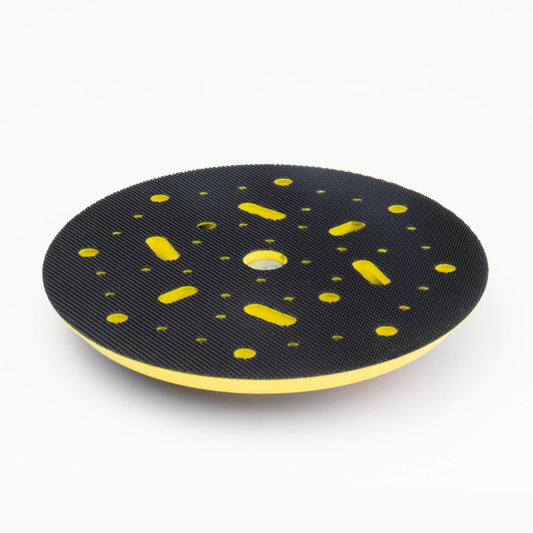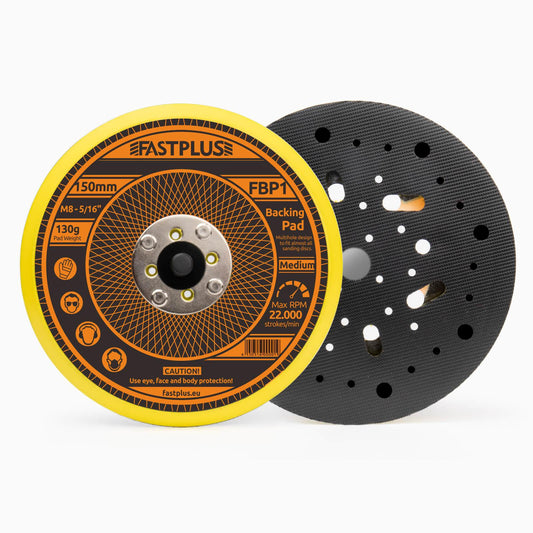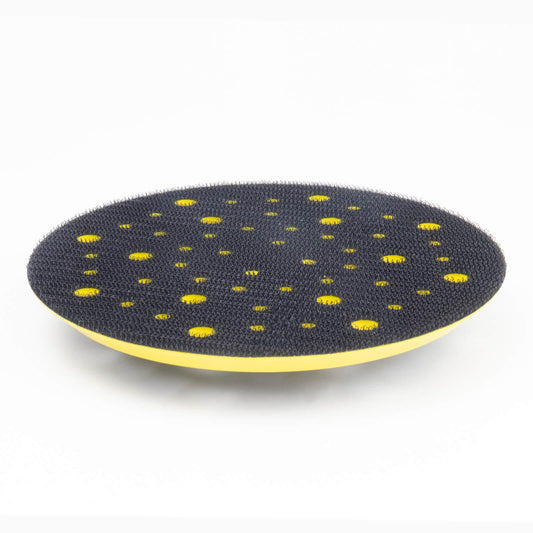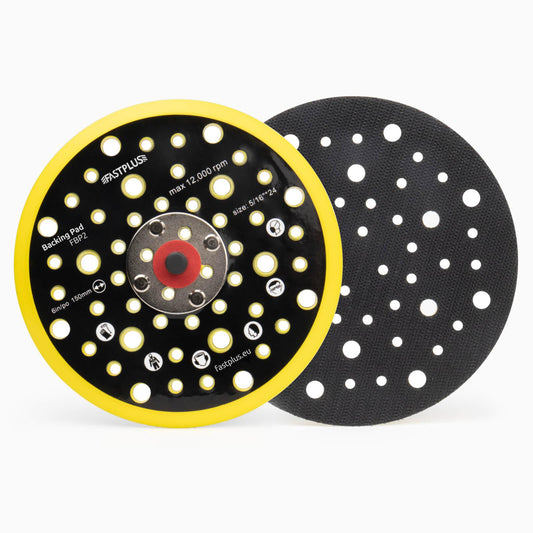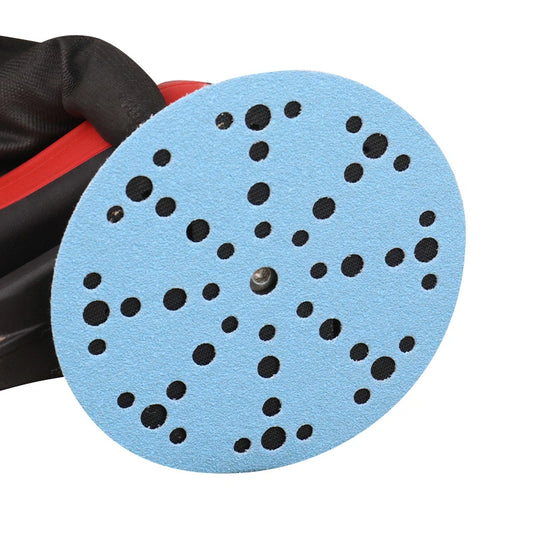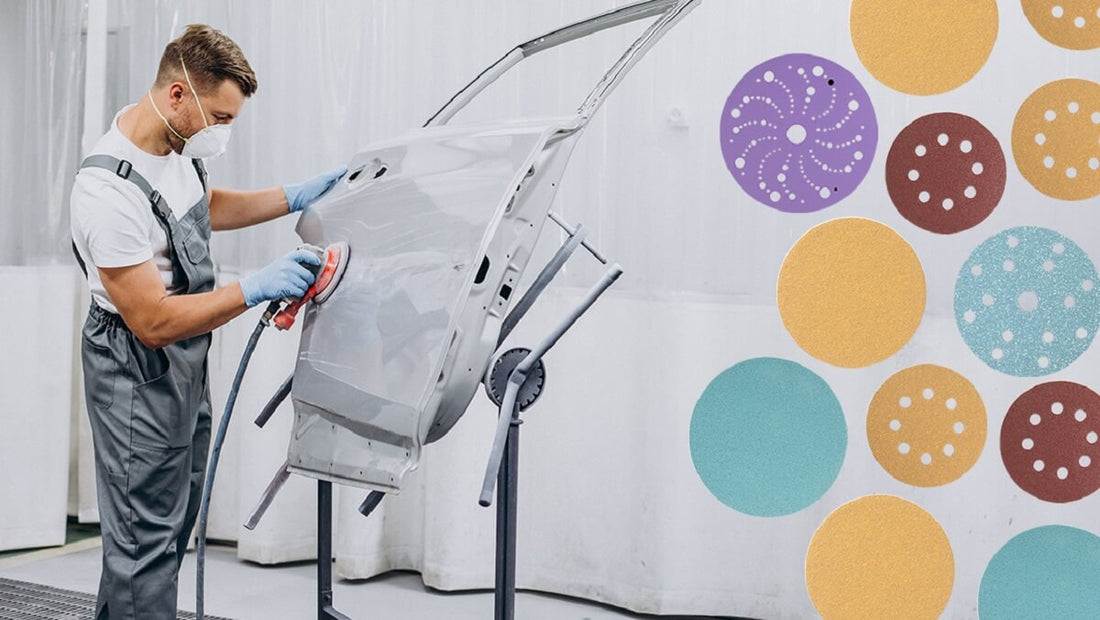
What Sandpaper Grit to Use for Polishing Car Paint?
Polishing your car significantly enhances its appearance while providing protection against environmental elements. Over time, the paint can lose its luster and develop scratches. To achieve a flawless finish, sanding paper is used to eliminate imperfections such as scratches and oxidation. However, it's crucial to know the various grit to avoid any potential damage while polishing.
In this blog, we will explore important factors to consider when selecting the right sandpaper grit to polish your car's paint. We will guide you through the various polishing stages, offering valuable advice to achieve professional results.
Factors to Consider
By considering the following factors, you can decide which sandpaper grit to use for polishing your car paint, ensuring that you achieve the desired outcome while effectively addressing the specific condition, imperfections, and goals for your vehicle's paintwork.
- Condition of the car paint
The condition of the car paint is an important factor to consider when determining the appropriate grit sandpaper for polishing. If the paint is in relatively good condition with minimal imperfections, you may be able to start with finer grit sandpaper. However, if the paint is heavily damaged, faded, or has deep scratches, you may need to begin with a coarser grit to effectively address those issues.
- Depth of scratches or imperfections
The depth of scratches or imperfections present on the car paint will also influence your choice of grit sandpaper. Shallow scratches or light imperfections can often be smoothed out with a finer grit, while deeper scratches or more prominent imperfections may require starting with a coarser grit to effectively level the surface before progressing to finer grits.
- Desired level of polishing
Take into account the desired level of polishing you wish to attain. If you're aiming for a simple polish to enhance the paint's appearance, a medium or fine-grit sanding disc for car refinishing might do the trick. However, if you're after a more refined and flawless finish, gradually shifting to finer grits becomes necessary to achieve the desired level of brilliance and smoothness.
- Time and effort required for each grit level
When choosing the grit level, it's crucial to factor in the time and effort involved. Coarser grits remove material with greater force but may leave visible scratches that necessitate refinement with finer grits. Conversely, finer grits demand more time and effort for achieving the desired outcome, yet they deliver a smoother and more polished surface. Consider your available time, patience, and desired level of perfection before selecting the suitable grit sandpaper.
Choosing the Right Sandpaper Grit
By understanding the appropriate sandpaper grit for each stage and following the recommended techniques, you can effectively progress from heavy cutting to ultra-fine polishing, achieving a smooth, flawless, and professional-looking finish on your car's paintwork.
- Heavy cutting or paint correction
To tackle heavy cutting or paint correction, it's best to opt for coarse grit sandpaper. Typically, 1000 to 1500 grit wet and dry sandpaper is the go-to choice during this stage. Coarse grits excel at eliminating deep scratches, stubborn oxidation, and notable paint imperfections. They swiftly level the surface, setting the stage for further fine-tuning.
When diving into heavy cutting, it's crucial to adhere to proper techniques. Maintain consistent pressure while sanding, employing either back-and-forth or circular motions. Ensure the sandpaper remains flat against the surface to prevent uneven spots. Regularly assess your progress to guarantee the desired outcomes are attained without any harm to the paintwork.
- Medium cutting or refining
When it's time for medium cutting or refining, it's best to opt for medium grit sandpaper, falling within the 2000 to 3000-grit range. Professional mechanics usually use a foam film disc at this stage, for gentle polishing. These grits work wonders in further smoothing the surface, eliminating minor scratches, and refining the progress made during heavy cutting. They act as a bridge between the coarse and fine grits.
Throughout the use of medium grit sandpaper, make sure to stick with proper techniques. Keep the pressure consistent, ensure the sandpaper remains flat, and periodically evaluate the progress. This stage demands patience and a keen eye for detail, guaranteeing a uniform and even surface.
- Fine polishing or finishing
For achieving a refined and flawless polishing effect, it's recommended to use a fine-grade sandpaper. Typically, grit sizes from 4000 to 5000 are used at this stage. It is recommended to use Flexpro Fine Finishing Foam Discs for wet sanding. These fine grits work effectively in eliminating imperfections like swirl marks and minor scratches, resulting in a smooth and visually lustrous surface that's perfect for further polishing.
When it comes to delicate fine polishing, it's important to prioritize gentle techniques and fluid motions. Keep the sandpaper lubricated and regularly inspect the surface for any remaining flaws. This stage requires meticulousness and precision to achieve a highly polished finish that's exceptionally refined.
- Ultra-fine polishing or show car finish
To achieve an impeccable show car finish or undergo ultra-fine polishing, it's advised to employ extra-fine grit sandpaper. This stage calls for grits above 5000 or even micro-grit sandpapers. These remarkably fine grits work their magic by refining the surface to an exceptional level of smoothness, eradicating micro-scratches, and intensifying the overall shine.
When engaging in ultra-fine polishing, employ a delicate touch and apply minimal pressure. Keep the sandpaper adequately lubricated to prevent any potential damage to the paintwork. Continuously evaluate the surface and make necessary adjustments to attain the desired level of perfection.
Additional Tips and Considerations
Wet sanding technique:Incorporating water during the sanding process, wet sanding provides lubrication to the sandpaper and prevents clogging. This technique promotes a smoother finish while minimizing the potential for paint scratching. Ensure the sandpaper remains wet throughout the sanding process and rinse it regularly.
Use a sanding block or soft pad:For consistent pressure and to prevent uneven sanding, it's recommended to employ a sanding block or soft pad in conjunction with the sandpaper. This technique ensures a uniform surface and minimizes the risk of creating low or high spots.
Sand in a crosshatch pattern:During the sanding process, empl:oy a crosshatch pattern by using diagonal or crisscross strokes. This technique guarantees uniformity and avoids the formation of noticeable sanding marks. Remember to vary the direction of the strokes to cover the entire area thoroughly.
Follow up with polishing:Once the sanding is complete, follow up with polishing to restore the shine and remove any fine scratches left from the sanding process. Use a polishing compound and a buffer for this step.
Conclusion
In conclusion, selecting the appropriate grit sandpaper for car paint polishing is crucial to achieve the desired outcome for the vehicle's paintwork. With proper knowledge and technique, you'll be able to achieve outstanding results and make your car shine like new. Happy polishing!
Buy Fastplus Factory-Direct Abrasives
Want to purchase high-quality, factory-direct sanding discs, sanding sheet rolls, and film abrasive discs for automotive applications? Try Fastplus Abrasives today and place your orders online! 
